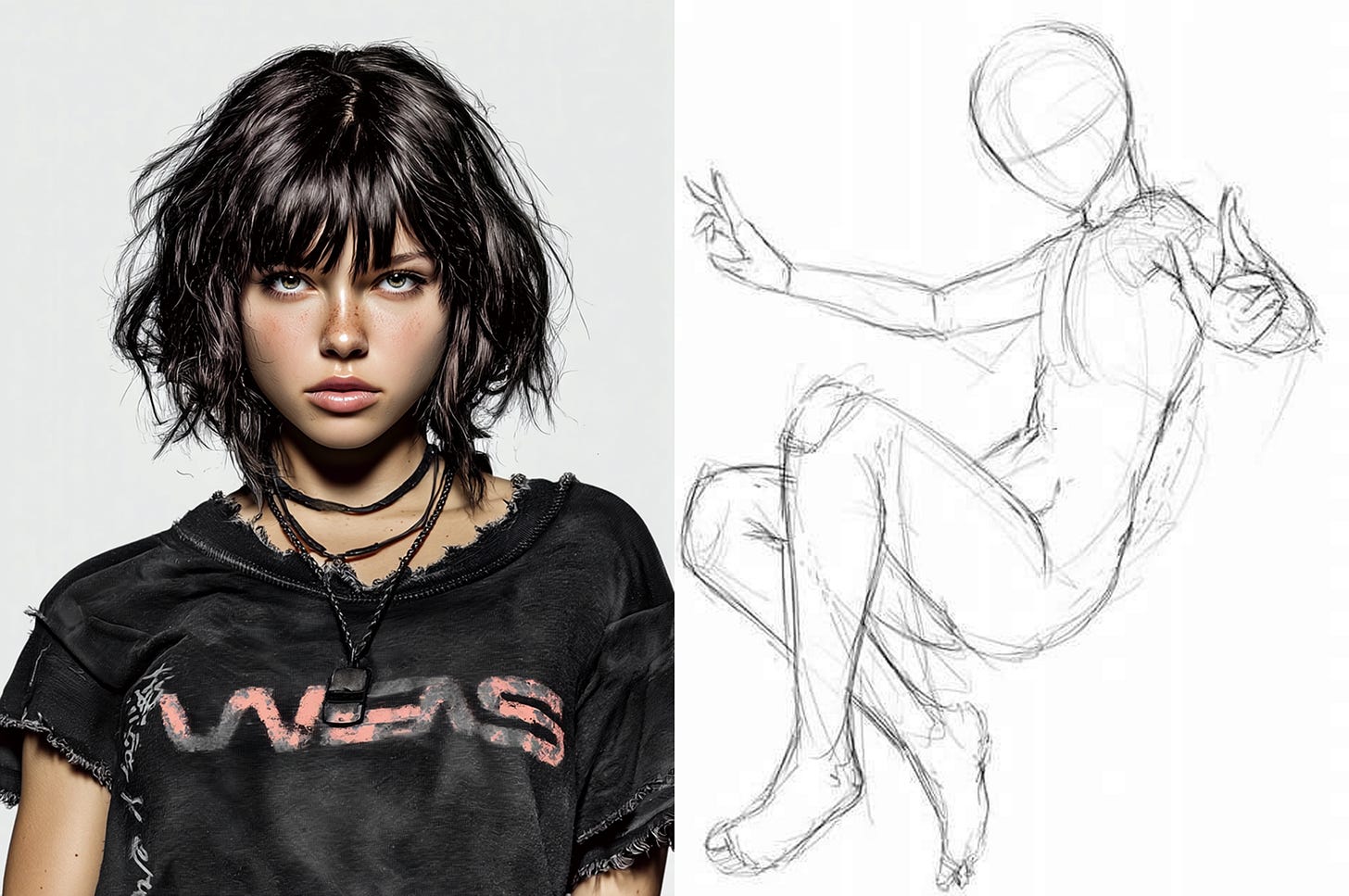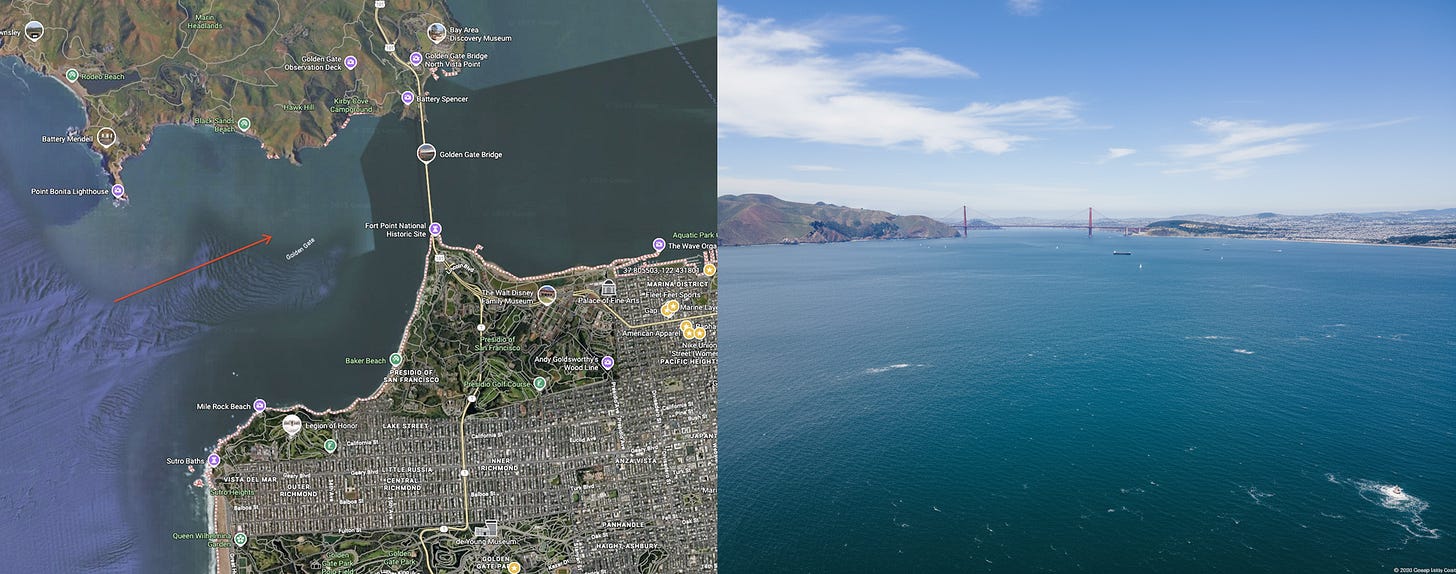5 Nano Banana tricks that go beyond text prompts
Improve your AI workflow with Gemini 2.5 Flash by using sketches, maps, and reference images for greater creative control.
Told you I had high hopes on Nano Bananas.
Last week, we talked about how "Nano Banana" (Gemini 2.5 Flash) solved AI's biggest frustrations. I had high hopes, and it seems the entire AI community did too, because the creative workflows emerging are mind-blowing.
If you’re still just typing words into a box, you’re missing the revolution. We've moved beyond prompting and into directing.
You're more than a Prompter. You're a Director.
Let's dive into five advanced workflows that put you in the director's chair.
Quick Note: The following examples were made with Freepik, which cleverly tags reference images (e.g.,
@img1). If you're using another tool, you'll need to adapt your prompts.
1. The Choreographer: Directing poses with a sketch
The Pain Point: Getting the exact pose you want is nearly impossible. You ask for a "dramatic lunge" and get a character who looks like they've slipped on a... well, a banana peel.
The Fix: Drawing is so back. Just sketch a simple stick figure for the pose, provide your character model, and let the AI connect the dots. It’s perfect for nailing storyboards and initial frames.
Prompt:
model @img1 in pose @img2
Oh, boy. Now I just need to remember where my pencils are.
2. The Location Scout: Generating scenery from a map
The Pain Point: Describing a specific viewpoint in a complex scene is a nightmare of "from the left of the big rock, looking towards the distant mountain..."
The Fix: Just show the AI a map. Draw an arrow to indicate the camera's position and direction. You’re literally telling the AI where to stand and what to look at. (I tried getting funky with my prompt adding tags. It didn’t work. Sometimes, simple is better).
Prompt: What does the red arrow see?
3. The Casting Director: Adding characters to locations
The Pain Point: You generate a stunning background and a perfect character, but combining them realistically, matching the lighting, tone, and perspective, is a constant struggle.
The Fix: This is now trivial. Provide the location, the character, and a reference for the lighting and mood. The AI will composite them seamlessly.
Prompt: place the full body character @img1 walking in location @img2 . Character has a hoodie. Lightning and tones should be like @img2
4. The Designer: Engineering objects from modules
The Pain Point: AI is great for generating whole concepts, but building something complex from specific, modular parts? Forget about it.
The Fix: You can now design and assemble. Here, we'll design a starship by feeding the AI different modules. (I turned them into 3D clay isometrics first for consistency, but you can experiment without this step.)
Prompt: blend the modules @img1, @img2, and @img3 into a cohesive starship
We have lift-off, Houston.
5. The Cinematographer: Controlling the camera
The Pain Point: You have a great subject, but you're stuck with whatever default mid-shot the AI gives you. Getting a specific camera angle is a game of chance.
The Fix: Take control of the camera. Once you have a subject you like, you can request specific shots just like a cinematographer.
Prompt: show me an extreme close-up shot of @img1 neck plates
This is the new reality of AI creation. You're no longer just asking for a picture. You are a multi-disciplinary director, orchestrating every element of your vision.
Now, go bananas.











